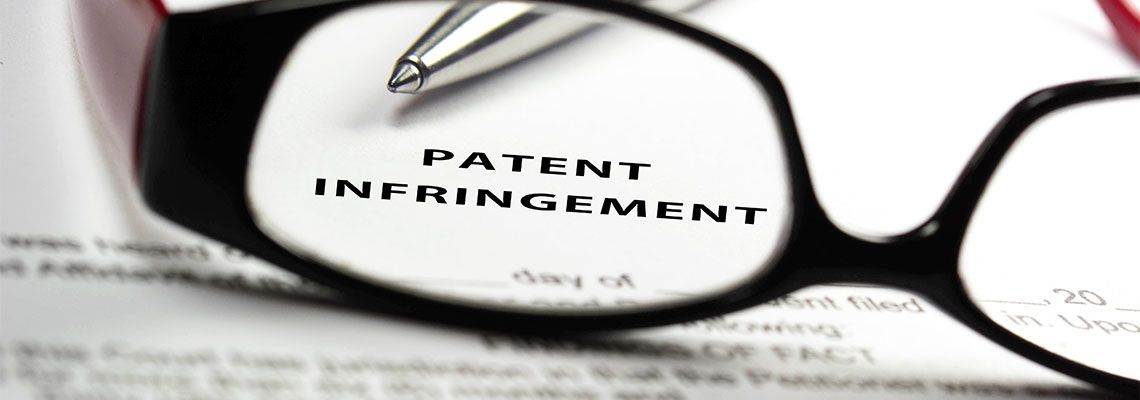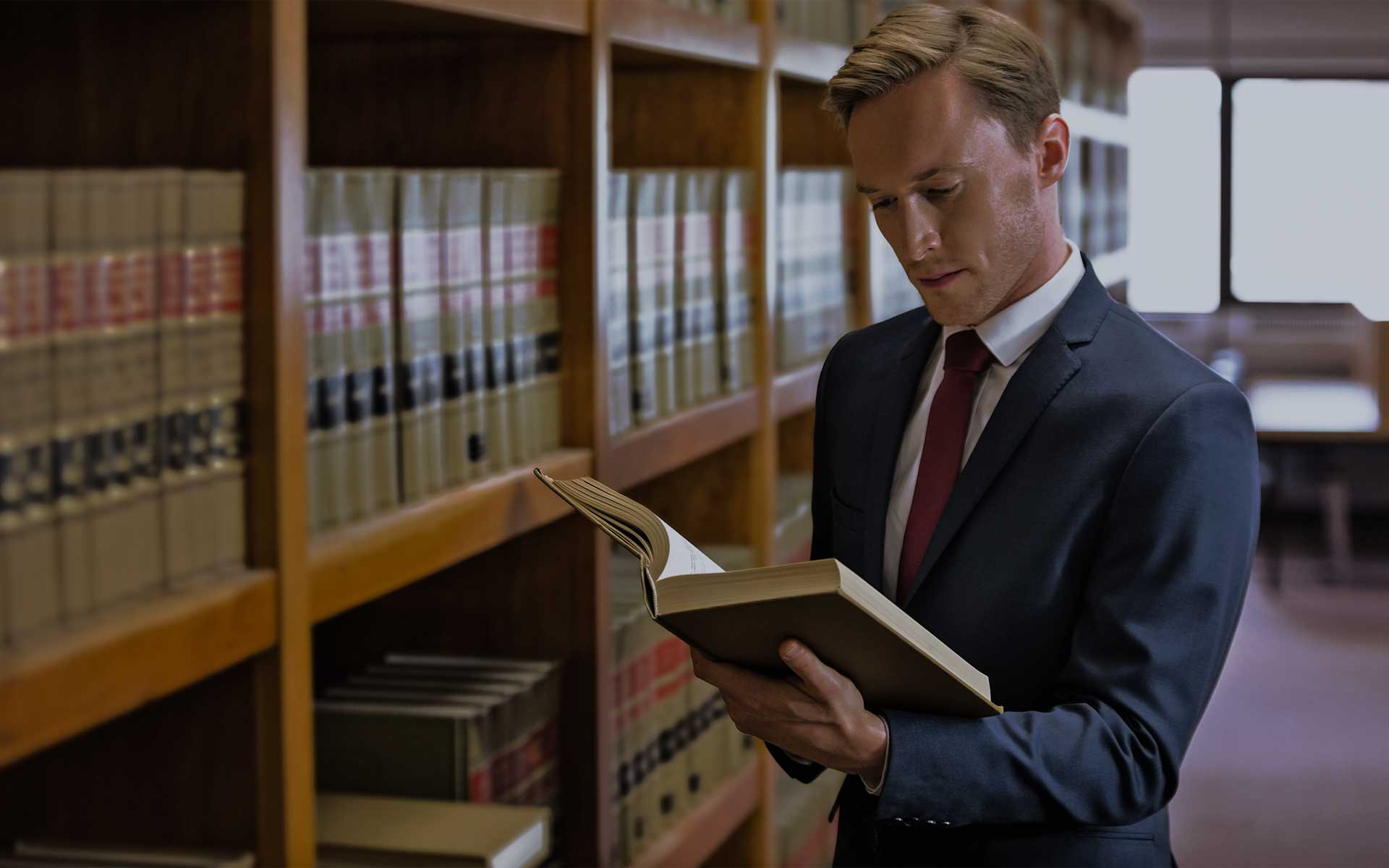The Elements of a Patent Infringement Claim

Are you worried that your patent might be infringed upon? If so, it’s important to learn more about the process of patent infringement and what elements must be proven to file a successful patent infringement claim.
If you suspect that someone is infringing on your patent, contact the knowledgeable patent infringement attorneys at CoffyLaw, LLC to discuss your unique situation and determine your best course of action to recover lost profits and obtain other forms of compensation.
With offices in New York and New Jersey, the law firm represents clients in intellectual property cases, including patent infringement claims, throughout the United States.
What Is Patent Infringement?
Patent infringement occurs when someone uses a patented invention without permission from the patent holder. This means that if someone manufactures, sells, or uses a product or process that was invented by another person or entity and is protected by a patent, they may be infringing on that individual or company’s rights.
There can be different types of patent infringement:
- Direct infringement
- Indirect infringement
- Contributory infringement
- Literal infringement
If you are considering pursuing legal action for patent infringement, you might want to work with an experienced attorney to ensure that your claim meets the necessary elements and has the supporting evidence it needs to succeed in court.
What’s the Difference Between Direct & Indirect Infringement?
Direct infringement is when someone knowingly infringes on another’s patent rights. This involves using a patented invention without permission from the owner. Indirect infringement occurs when someone encourages, aids, abets, or induces others to infringe on a patent but does not actually use the invention themselves. Both direct and indirect infringement is illegal under U.S. law and can result in costly legal action if proven to be true.
Elements of a Patent Infringement Claim
The elements of a patent infringement claim include ownership of the patent, validity of the patent, and infringement of the patent by the defendant. Let’s take a closer look at each of the elements in detail:
- Ownership of the patent. As with any legal matter, it is essential that you can prove ownership of any patents or intellectual property that are involved in your case. When determining ownership, it is important to consider who invented or created the patented material and whether they have legally transferred their rights to another person or entity. If this transfer has occurred, you will need proof of this transaction as well.
- Validity of the patent. In order for a patent infringement claim to hold up in court, it must first be established that your patent is valid and enforceable. This means that there must be evidence demonstrating that all requirements for obtaining a valid patent have been satisfied and that there are no conflicting patents already in existence. If any part of your patent can be proven invalid, or if an existing patent holds precedence over yours, then your claim may not stand up in court.
- Infringement of the patent by the defendant. The third element required for a successful patent infringement claim is proof that the defendant has infringed upon your rights by using some form or portion of your patented material without permission. This proof can come from documents such as contracts between two parties regarding the use of patented material, emails discussing unauthorized use, invoices describing payment for services related to the patented material, etc. Actual physical evidence may also be useful if it can demonstrate direct use or copying by the defendant without permission from you as the owner/inventor/creator.
In order for a patent infringement claim to succeed, these three elements must be proven and supporting documentation must accompany each element for the best possible results in your court proceedings.
Possible Defenses to Patent Infringement
When someone is accused of infringing on another person’s patent rights, there are several possible defenses that may be available to them depending on their specific circumstances. Possible defenses to patent infringement may include:
- Prior art (the defense that something similar had already been invented);
- Non-infringement (the defense that argues that the plaintiff’s claim does not meet the elements of a patent infringement claim); and
- Equitable estoppel (the defense that the defendant reasonably relied upon the advice of another party regarding their actions).
Depending on the defendant’s situation, there may also be other defenses to patent infringement. With an attorney on your side, you can be prepared for all possible defenses that may be raised by the opposing party in your patent infringement claim.
The Kessler Doctrine
and Patent Infringement
The Kessler Doctrine derives from a 1907 U.S. Supreme Court ruling namely, Kessler v. Eldred, 206 U.S. 285 (1907). That ruling essentially gave accused infringers who are acquitted in a lawsuit the right “to avoid repeated harassment for continuing business as usual post final judgment….” For example, Company A is sued for infringing on Company B’s utility patent and is acquitted in trial. Company A can continue with the alleged infringement and not be sued again.
Note that in the 1907 Kessler Doctrine ruling, the alleged infringing party had to be acquitted in a full trial to earn the right to continue doing what it was doing that brought on the legal action.
In 2020, a company known as Personal Web Technologies sued dozens of Amazon’s customers whom it claimed were infringing on its patents. The action followed an earlier lawsuit against Amazon for its infringement on the same patents. That case was dismissed with prejudice; in other words, there was not a full trial with acquittal.
Additionally, dismissed with prejudice meant that the case against Amazon could not be brought up before the court again. It was over and done with.
When Personal Web later decided to sue Amazon customers who were using the same patents in their products, the issue of the Kessler Doctrine came up. This time, the Court of Appeals for the Federal Circuit (CAFC) ruled that the Kessler Doctrine is not limited to cases involving a finding of non-infringement, but also to cases that are dismissed with prejudice, as the one with Amazon was. Personal Web appealed the decision, but the court affirmed its ruling.
Reach Out to Experienced Counsel
Patent infringement cases can be long and costly to both parties involved. If you suspect your utility or design patent is being infringed upon—or you have been accused of patent infringement—don’t hesitate. Reach out to CoffyLaw, LLC immediately, wherever you’re located in the U.S. An attorney is ready to assess your situation, advise you of the best path forward, and then fight aggressively for your rights.
Protecting Your Rights Every Step of the Way
Patent infringement claims are complex matters and require careful consideration when filing them in court. Consider contacting an experienced attorney who specializes in intellectual property law before filing any suits related to the suspected infringement upon your patents. The patent infringement attorneys at CoffyLaw, LLC can help file a claim on your behalf and protect your rights every step of the way. Schedule a consultation today to discuss your unique case.


